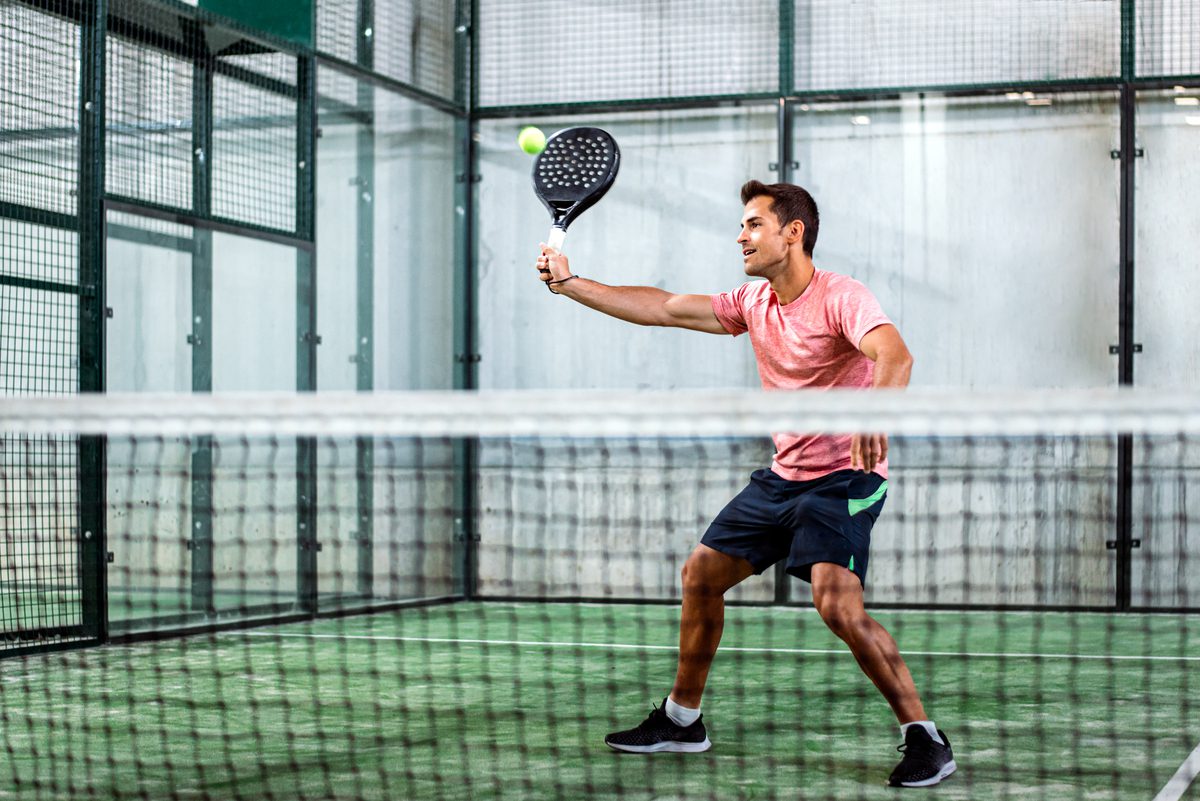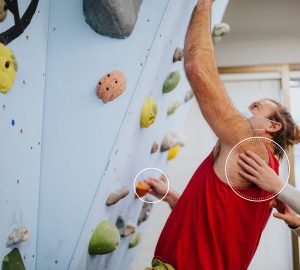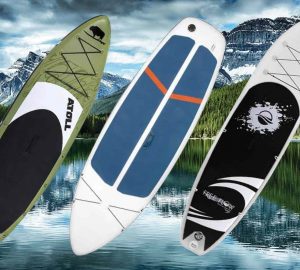In the world of racquet sports, there are several exciting options available, each with its own unique characteristics and rules. Padel tennis, pickleball, and squash are three popular racquet sports that attract players of all ages and skill levels. While they may share similarities in terms of equipment and gameplay, there are distinct differences that set them apart. In this article, we will explore the main differences between padel tennis, pickleball, and squash, shedding light on their respective rules, court dimensions, and equipment requirements.
When it comes to padel tennis, having the right equipment is essential. Padel Pro Shop padel rackets offers a wide range of padel rackets suitable for both amateur and professional players. With their high-quality construction and innovative features, Padel Pro Shop’s padel rackets provide the perfect blend of power, control, and maneuverability. Whether you’re a seasoned player or just starting out, Padel Pro Shop has the right padel racket to elevate your game.
Padel Tennis:
Padel tennis, often referred to simply as padel, is a relatively new sport that originated in Mexico and quickly gained popularity in Spain, Latin America, and parts of Europe. Padel is typically played in doubles, and the objective is to hit the ball over the net onto the opponent’s side, aiming to make it bounce twice before they can return it. The scoring system is similar to tennis, with points being awarded in sets. One significant difference is that the ball can also be played off the walls, adding an element of strategy and creativity to the game.
Pickleball:
Pickleball, on the other hand, is a racquet sport that originated in the United States in the mid-1960s. It is played on a smaller court, which is a combination of tennis, badminton, and table tennis dimensions. Pickleball can be played in singles or doubles, and the objective is to hit a perforated plastic ball over the net without it being returned by the opponent. Unlike padel tennis, the ball must bounce once on each side before players can volley it. The scoring system in pickleball is unique, with points being scored only by the serving team. Pickleball is known for its emphasis on strategy, agility, and quick reflexes.
Squash:
Squash is a fast-paced racquet sport that originated in the United Kingdom and has gained international popularity. It is played in a four-walled court with a small rubber ball. Squash can be played in singles or doubles, and the objective is to hit the ball against the front wall above the tin and below the outline. The scoring system in squash differs from tennis, with each rally resulting in a point for the winner of the rally. Squash requires agility, speed, and precision, as players must navigate the confined space and react swiftly to their opponent’s shots.
Equipment and Padel Pro Shop:
While the gameplay and rules of these racquet sports differ, they all require specific equipment to participate. Padel tennis and pickleball both utilize paddles, which are similar in design but vary in size and material. Padel Pro Shop, a leading online store Padel Pro Shop padel rackets offers a wide range of padel rackets suitable for both amateur and professional players. Their selection includes different models, weights, and grip sizes to accommodate individual preferences. The store also provides various accessories such as balls, bags, and grips, ensuring that players have everything they need to enjoy their game.
Conclusion:
Padel tennis, pickleball, and squash are three distinct racquet sports, each offering its own unique set of rules, court dimensions, and equipment requirements. Padel tennis combines elements of tennis and squash, played on a smaller court enclosed by walls and fencing. Pickleball incorporates aspects of tennis, badminton, and table tennis, played on a compact court with specific bouncing rules. Squash, originating from the UK, involves fast-paced gameplay within a four-walled court. Despite their differences, all three sports require specialized equipment to enhance the playing experience.









